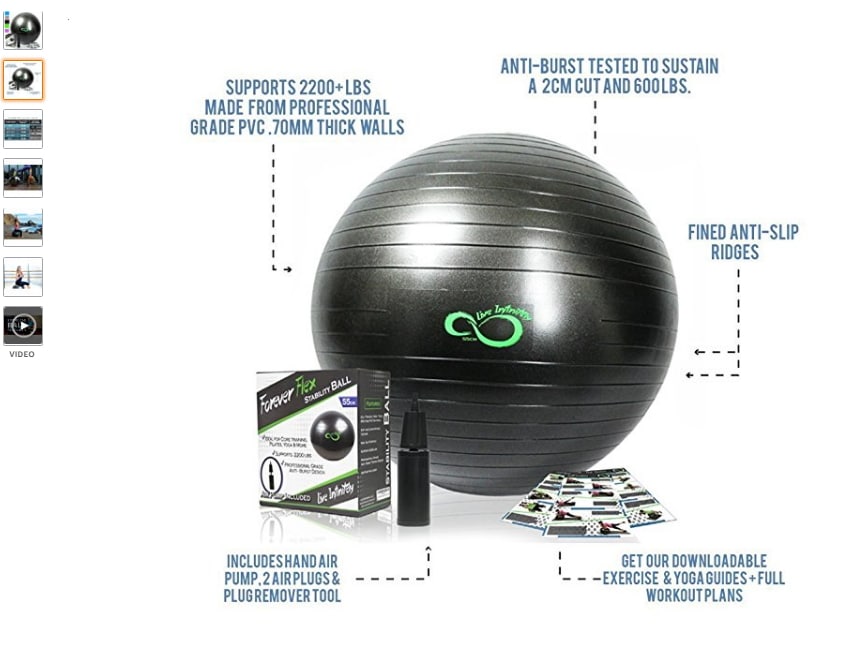What Every Photographer Needs To Find Out About Lighting
What Every Photographer Needs To Find Out About Lighting
Blog Article
Web Content Author-Boone Olsson
As a photographer, you understand that illumination can make or damage your images. Recognizing the nuances of both natural and synthetic light is important for capturing the state of mind and quality you aim for in your job. Whether you're going after the ideal gold hour radiance or fine-tuning your man-made arrangements, mastering these components can raise your digital photography significantly. But there are common challenges that many neglect, and acknowledging them can change your method to every shoot. Let's explore what you might be missing and just how it can affect your results.
Recognizing All-natural Light
Comprehending all-natural light is essential for any type of digital photographer wanting to improve their job. It's the foundation of excellent photography, affecting mood, tone, and quality. When you shoot outdoors, take notice of the moment of day. The gold hour-- shortly after dawn and before sunset-- supplies soft, cozy light that can change ordinary scenes into spectacular pictures.
Don't underestimate the power of overcast days. Cloud cover diffuses sunlight, developing a soft, also light that's excellent for pictures and macro photography. You'll locate shades pop in this type of lighting without harsh shadows.
Placing issues, too. Constantly consider your subject's orientation to the source of light. If Read Even more 's behind your topic, you might wind up with a silhouette, which can be significant yet mightn't be what you want. Alternatively, straight sunshine can produce uncomplimentary shadows.
Explore angles; occasionally, altering your viewpoint can generate incredible outcomes. Usage natural reflectors, like water or sand, to bounce light onto your subject, adding dimension.
Mastering Artificial Light
Grasping fabricated light is essential for professional photographers that wish to take their skills to the following degree. Whether https://zenwriting.net/buster980brook/easy-ways-to-improve-your-picture-digital-photography utilizing speedlights, studio strobes, or continual lights, understanding just how to adjust these resources can drastically boost your pictures.
Beginning by http://tracy8ilene.xtgem.com/__xt_blog/__xtblog_entry/__xtblog_entry/37566555-exactly-how-to-find-your-special-style-as-a-professional-photographer?__xtblog_block_id=1#xt_blog on your own with the basics of light top quality, instructions, and color temperature level. Trying out different modifiers like softboxes, umbrellas, or grids to control the soft qualities or violence of the light.
You'll find that soft light usually creates flattering results, while harsher light can include drama and depth. Do not shy away from darkness; they can boost the three-dimensionality of your subjects.
Pay attention to the positioning of your lights. A light positioned too close to your subject can create unflattering outcomes, while too far can bring about an absence of information. Utilize a light meter or your electronic camera's histogram to ensure you're subjecting properly.
Lastly, remember that synthetic light can be mixed with ambient light for innovative effects. Balancing these sources may take practice, but once you master it, your photography will truly shine.
Techniques for Different Circumstances
When you step into various capturing circumstances, adjusting your lights methods is vital for capturing the very best pictures. For outside portraits, use the gold hour-- early morning or late afternoon light-- to soften shadows and improve complexion.
If it's a rough midday sunlight, consider using a reflector to jump light back onto your subject or seek shaded locations for a much more also direct exposure.
In low-light scenarios, like interior events, increase your ISO and use a vast aperture to allow in even more light. A tripod can assist eliminate camera shake, enabling longer exposures without blurring.
If you're contending evening, try out off-camera flash to develop vibrant lights and deepness in your pictures.
For product photography, use diffused illumination to stay clear of harsh reflections. Softboxes or light tents can assist accomplish this result.
When photographing landscapes, consider the direction of light and time of day, as it can dramatically change the mood of your shot.
Always be ready to change your setups and positioning based on the scenario, as flexibility is crucial to mastering lighting in photography.
Final thought
To conclude, understanding lighting is vital to raising your photography abilities. Embrace all-natural light's elegance throughout golden hour, and don't shy away from trying out man-made light strategies. By adapting your method to different situations, you'll capture stunning photos that resonate with emotion and clarity. Keep in mind, the appropriate lighting can change a regular shot into something extraordinary, so maintain practicing and improving your understanding of both natural and man-made light. Satisfied capturing!
